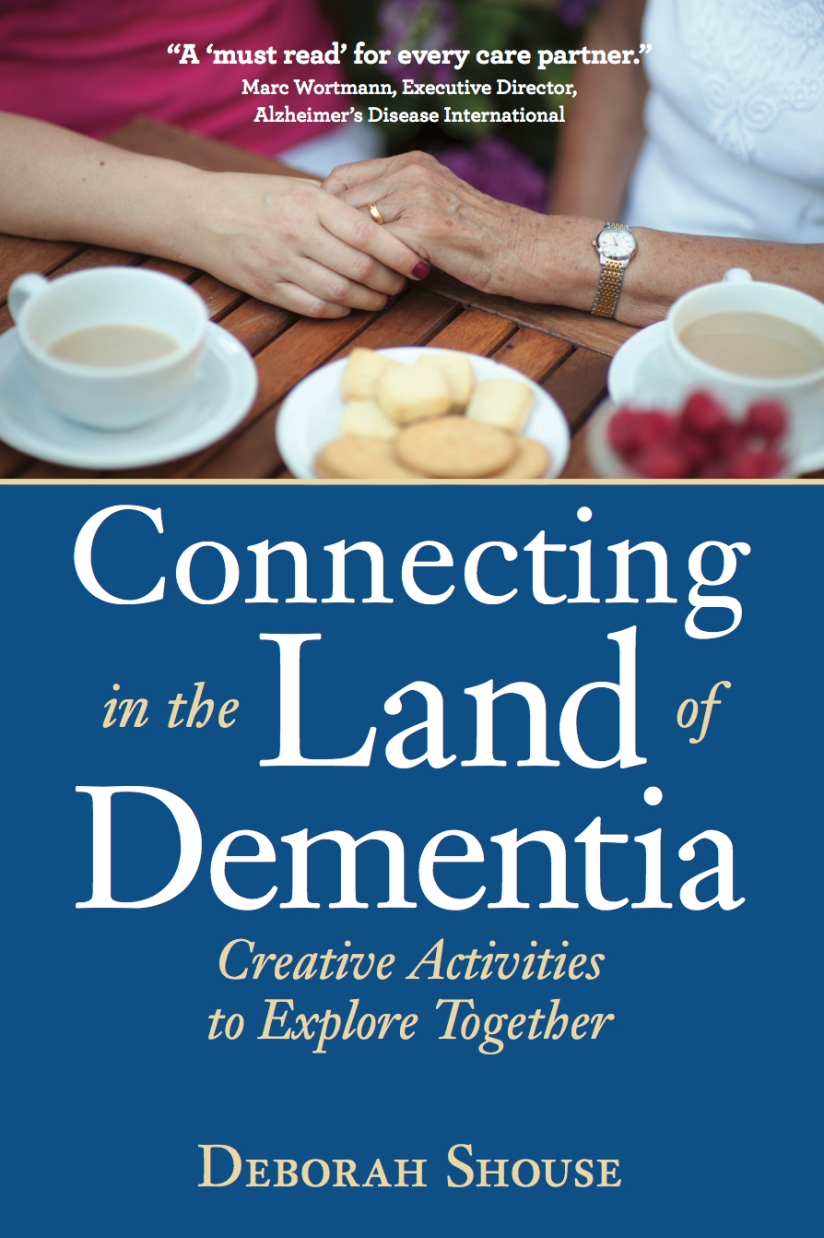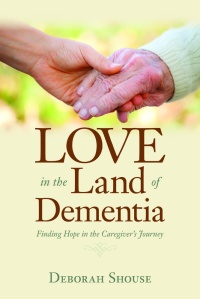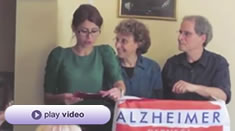An integral part of experiencing Paris is looking at art. Chantal Debreu, a psychotherapist, serves as a volunteer and board member of the city’s Action Culturelle Alzheimer. To properly discuss the fascinating programs Chantal and her colleagues designed in collaboration with Musée d’Orsay, Musée de Cluny, and the Château de Versailles, we met at a sidewalk café over croissants and coffee. 
(Note to fellow writers: It is extremely difficult to enjoy a croissant while typing on an iPad. The flakes flutter festively about the keyboard.)
Art Speaks a Universal Language
“Art is a universal language and looking at art is a wonderful way to access the creative capacities of people living with dementia,” Chantal says. “Looking at and discussing art can also at least temporarily reduce issues such as agitation, depression, apathy, and aggression.”
To facilitate such cultural connections, Chantal and Cindy Barotte, founder of Action Culturelle Alzheimer, created a three-day training program for volunteers, complete with information about dementia, case studies, and role play. Cindy developed a structure for finding meaning in works of art for volunteers and museum educators. The program connects each beneficiary with a trained volunteer who is there for five gallery visits. During the art experience, the caregiver has much-needed respite time.
“The volunteer helps people living with dementia explore their own capacities by supporting them,” Chantal says.
 The structure encourages engagement and creative expression. To view the work of art, participants sit in a semi-circle, so they can see and hear each other. The semi-circle creates a sense of group belonging and also blocks out the public. The volunteers sit in back of their person. If the person with dementia feels shy about speaking out, they may turn and share with their volunteer. The volunteer reports the insight to the educator, who shares it with the group.
The structure encourages engagement and creative expression. To view the work of art, participants sit in a semi-circle, so they can see and hear each other. The semi-circle creates a sense of group belonging and also blocks out the public. The volunteers sit in back of their person. If the person with dementia feels shy about speaking out, they may turn and share with their volunteer. The volunteer reports the insight to the educator, who shares it with the group.
Art Breaks Ice and Inspires Ideas
The program inspires conversation and ideas. People living with dementia tend to notice the details, but they may not attach a meaning to them. Little by little, the facilitators talk through the elements of the painting, helping them associate and build meaning, so they understand the story of the painting. When they start to make associations, they talk about their experiences. They come away feeling like they are someone; they have ideas and memories to share.
“At the Centre Pompidou, we discussed Bleu, a giant Miro canvas,” says Chantal. “We talked about it for 15 minutes. Everyone was involved and actively engaged in investigating, wondering, and sharing.”
Art Travels with You
Want to bring the Paris art experience home? Here are some tips: 
- Select a work of art to comfortably view together, either on-line, from a book, or at a local gallery.
- As you look, ask open-ended questions, such as, “Why is that woman staring?”
- Encourage conversation by continuing to ask engaging questions. If someone notices a bicycle, make an affirming comment about the bicycle and ask “What else do you see?”
“It’s not about telling,” Chantal says. “It’s about asking.”
For more on the international scene, dive into my book, Connecting in the Land of Dementia: Creative Activities to Explore Together. Pre-order your signed copy.























